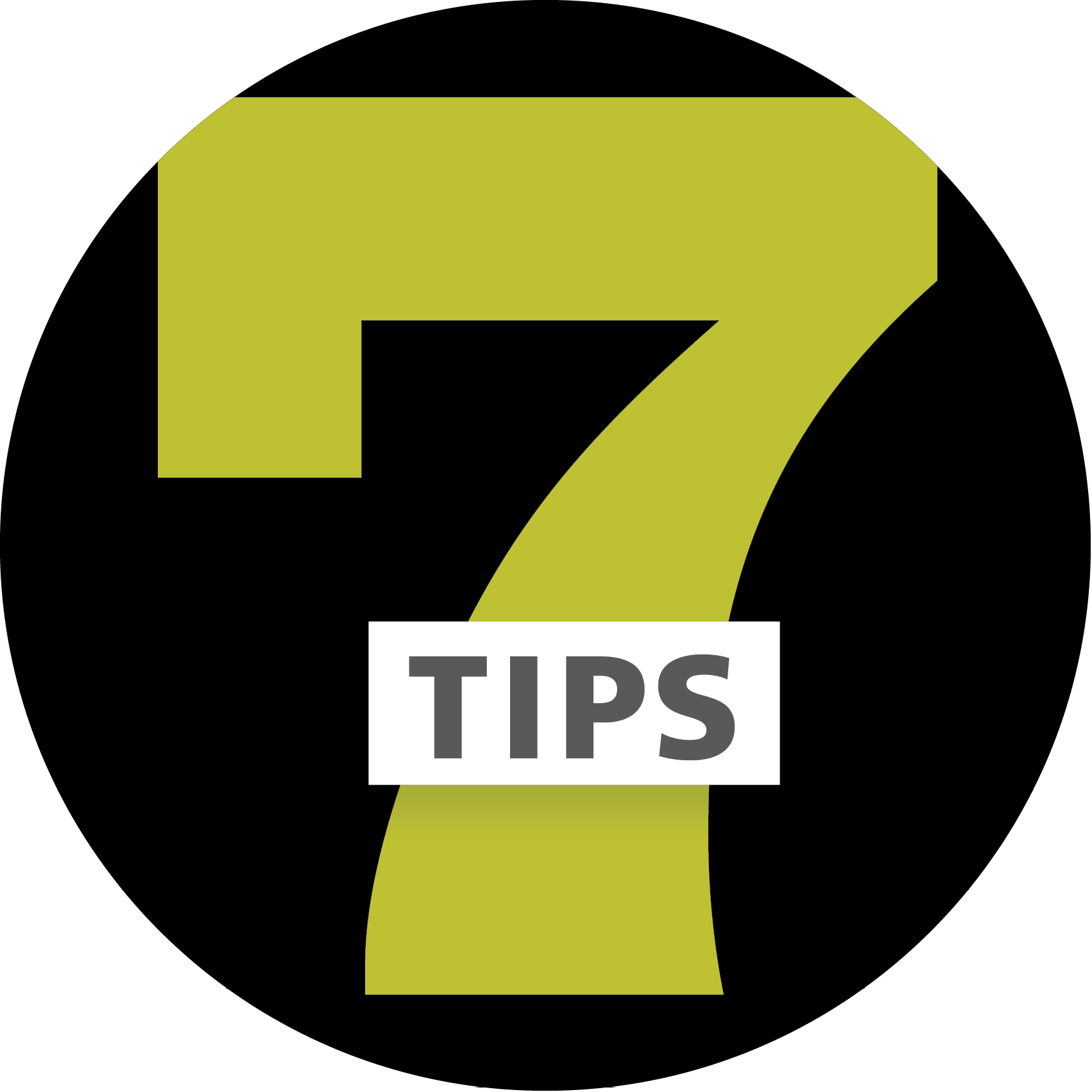1) Go big.
Maximize your pasteboard. A wider pasteboard area creates an expanded workspace to store temporary ideas while you work on your live pages. I’ve got my horizontal margins set to 200p. The vertical margins are at the 6p default. To change yours, go to InDesign>Preferences>Guides & Pasteboard.
2) Get small.
Design in thumbnail mode. This is great for long documents. Reduce pages to thumbnail size (10% to 12%) to see multiple spreads at a glance. Yes, you can see pages this way with your Page palette, but when you view your document pages at thumbnail size, you have superpowers.
Turn on Show text threads (View>Extras>Show text threads) throughout a document and you can link text boxes through multiple pages and see the text flow “live” as you go. Select items and move them from page to page, and you can see changes in text fit on the fly. This high-level view is also a great way to see and remember all the cool stuff you’ve flung onto your pasteboard. Some of my best ideas come from the unexpected juxtapositions of that “pasteboard junk.”
3) Design without distractions.
Change your Preview Mode background color to black to make your pages pop when you review them. Preview Mode hides all of your frame edges, invisible characters, link icons, pasteboard flotsam, and other visual hoo-hah so you can see what you’ve designed—without distraction (InDesign>Preferences>Guides & Pasteboard).
If you really want to feel like the Master of your InDesign Workspace Universe, view your thumbnail-size pages in Preview Mode (see Tip No. 2) and start moving things around. It’s like working from outer space when your pages are tiny and clean—and they will look like they’ve already been printed in that design annual they deserve to be in.
4) Be fast.
Keystroke shortcuts save time on any repetitious tasks, and InDesign has already built a bunch of them for you (Edit Menu>Keyboard Shortcuts). But if you don’t want to memorize those key combinations, you can personalize a set that makes sense for you.
- I use the built-in CMD-hyphen (-) and CMD-equal sign (=) a LOT to quickly reduce or enlarge my page view without leaving the keyboard (see Tip No. 2).
- I’ve also customized my shortcuts and use CMD-i (that’s lowercase “i”) to show/hide invisibles, CMD-; (semi-colon) to show/hide frame edges, and CMD-‘ (single quote) to show/hide guides. Those key positions feel natural to my hand, and I can cycle through views quickly.
- To hide all extraneous visual elements simultaneously, OPT-p puts my page in Preview Mode, and CTL-p brings me back to my “Normal” view (see Tip No. 3).
5) Style smart.
Quickly style text with the eyedropper tool. First, create a paragraph style and style a paragraph with it. Select the eyedropper tool and click anywhere in the paragraph to “fill” the eyedropper. Click the filled eyedropper on paragraphs throughout your document to apply that style. What’s a paragraph style, you ask? Email me your address and I will personally come over there and slap you.
6) Style smarter.
If you’re formatting a long list with multiple, repeating styles, like “name,” “title,” and “department,” start by applying the most prevalent style to the entire list. Then use the eyedropper tool to style the rest. EZ PZ.
7) Measure it your way.
Quickly switch from inches to picas without leaving your document page. Right-click (or CMD-click) in the upper right-hand corner where the rulers intersect. Select your measuring system of choice from the handy drop-down menu and you’re good to go.
Got a favorite tip? Share it here and bask in the glow of appreciation you deserve.
Posted by: Mary Lester



